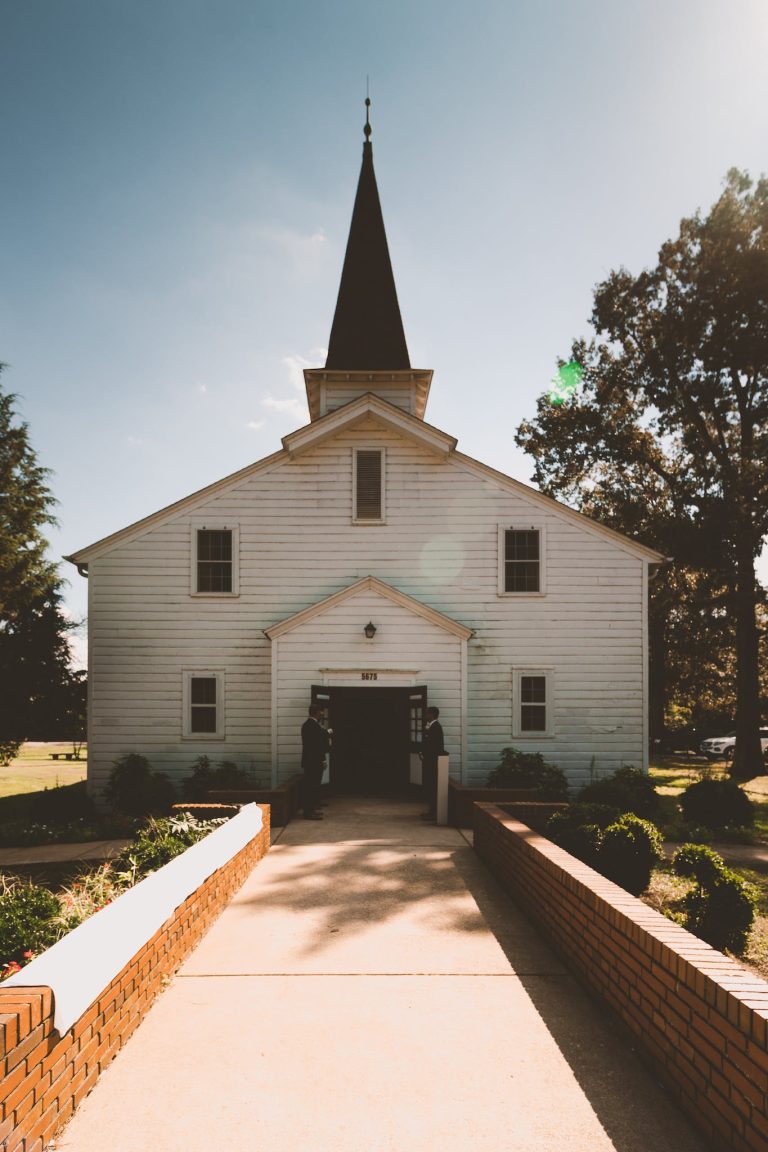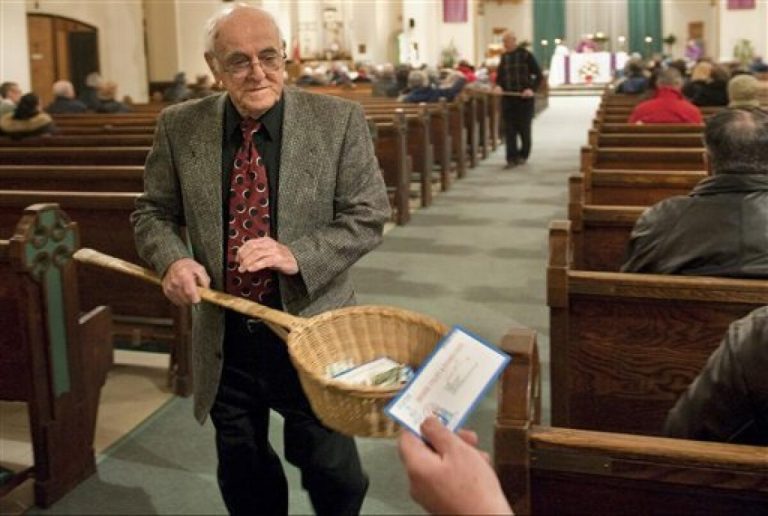What Does the Orthodox Church Believe?
The Orthodox Church is one of the three main branches of Christianity, alongside Roman Catholicism and Protestantism. With over 220 million members worldwide, it is the second largest Christian denomination.
The Orthodox Church split from the Roman Catholic Church in 1054 AD in an event known as the Great Schism, mainly over differences in doctrine and the role of the Pope.
Key Beliefs and Practices
At its core, the Orthodox Church shares many of the same beliefs as other Christian denominations. This includes faith in the Holy Trinity (God the Father, Jesus Christ the Son, and the Holy Spirit), Jesus as the divine Son of God, his virgin birth, death by crucifixion, and resurrection. Some key beliefs and practices that define Orthodox Christianity include:
Bible and Tradition
The Orthodox Church believes in the Bible as the inspired Word of God. However, they also hold sacred traditions in high regard. This refers to the liturgies, writings of saints, councils, and canons that have been handed down over centuries. Tradition works in harmony with scripture to guide the faith.
Veneration of Saints
The Orthodox pray to and venerate saints as intercessors before God. Icons or religious images of Christ, Mary, and the saints play a key role in worship as windows into the heavenly realm. However, they reject idolatry and do not worship icons themselves.
Liturgy
Elaborate liturgies with singing, chanting, incense, and processions are central to Orthodox spirituality and worship. The Divine Liturgy celebrates key events like Christ’s death and resurrection. Many elements have remained unchanged for nearly 2000 years.
Fasting
Fasting is an important spiritual discipline, most notably during the Great Lent for the 40 days leading up to Easter. Wednesdays and Fridays are also typical fast days. Fasting involves abstaining from meat, fish, dairy, oil, and alcohol to help devote focus to God.
Holy Mysteries (Sacraments)
The Orthodox recognize seven holy mysteries, similar to sacraments in Catholicism: baptism, confirmation (confirmation), confession, communion, marriage, ordination, and anointing of the sick. These are sacred rites that mark major events in the spiritual journey.

Orthodox Church Hierarchy
The Orthodox Church has a hierarchical structure, headed by five historic patriarchates located in Constantinople, Alexandria, Antioch, Jerusalem, and Moscow. The Ecumenical Patriarch of Constantinople is considered “first among equals” but does not have absolute authority over the other Patriarchs. Under them are metropolitans, archbishops, bishops, and priests, who oversee individual church communities. Major decisions concerning doctrine and practice are made through councils and synods involving clergy and lay representatives.
Is charity to churches eligible for QCDs?
Comparison to Other Denominations
While the Orthodox Church remains united in doctrine and practice across different national churches, there are some key differences from Roman Catholic and Protestant branches:
Catholicism
Both churches share apostolic succession and valid priestly ordination. However, the Orthodox do not recognize the authority or infallibility of the Pope. They also allow married priests and have some theological differences over original sin and the nature of salvation.
Protestantism
Protestants broke off from Roman Catholicism during the Reformation over issues like papal authority and doctrine. As a result, the Orthodox reject ideas associated with Protestantism like sola scriptura (scripture alone) and sola fide (faith alone). Salvation involves both faith and work for the Orthodox.
Conclusion
At its core, the Eastern Orthodox Church holds to a continuous tradition tracing back to early Christianity. It upholds key doctrines like the Incarnation and the Trinity that define historic Christian orthodoxy. While some practices may seem unfamiliar to Western Christians, understanding what the 220 million global adherents believe can build bridges across Christendom.







